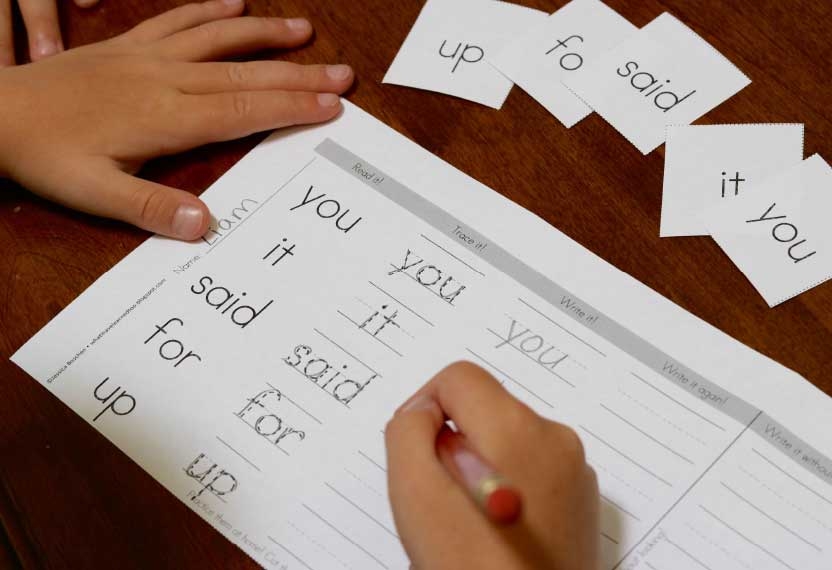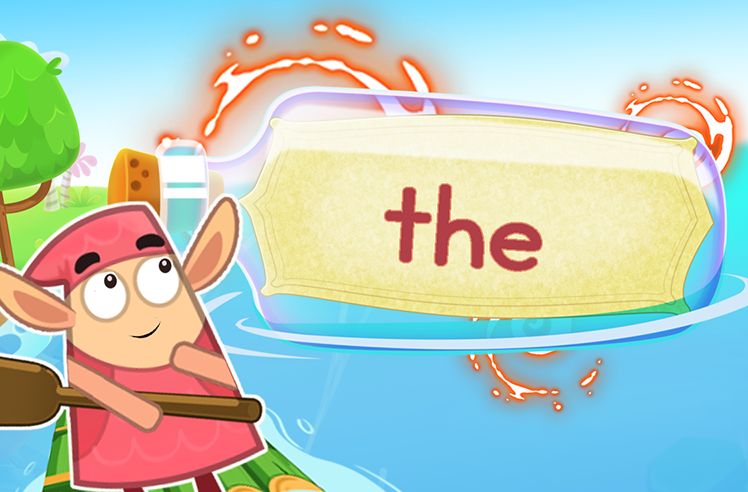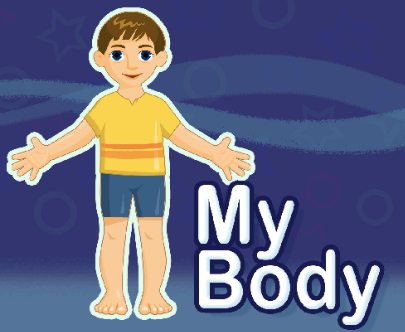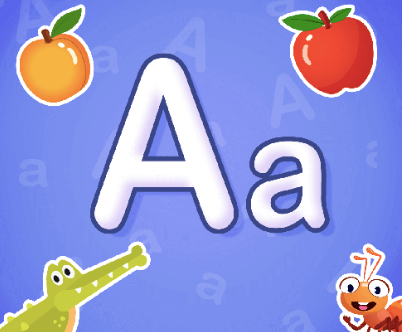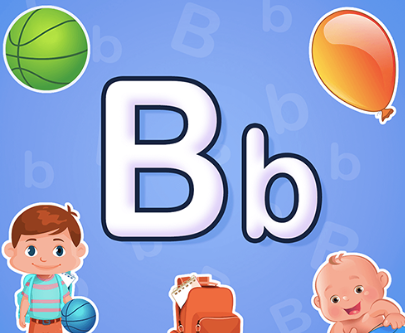I always wonder which topic to start with when teaching my child. One thing that’s always on my mind is sight words – those little words that appear so often in books. You know, words like “the,” “and,” “is,” and “you”. If you’re wondering how to teach sight words, use engaging methods like flashcards, repetition, and fun activities to help your child recognize them quickly.
Math & ELA | PreK To Grade 5
Kids see fun.
You see real learning outcomes.
Watch your kids fall in love with math & reading through our scientifically designed curriculum.
Parents, try for free Teachers, use for free
In this blog, we’ll delve into some effective strategies for teaching sight words to kids. We’ll break it down into simple, easy-to-follow steps to make the learning journey enjoyable and effective.
What Are Sight Words and Why Are They Important?
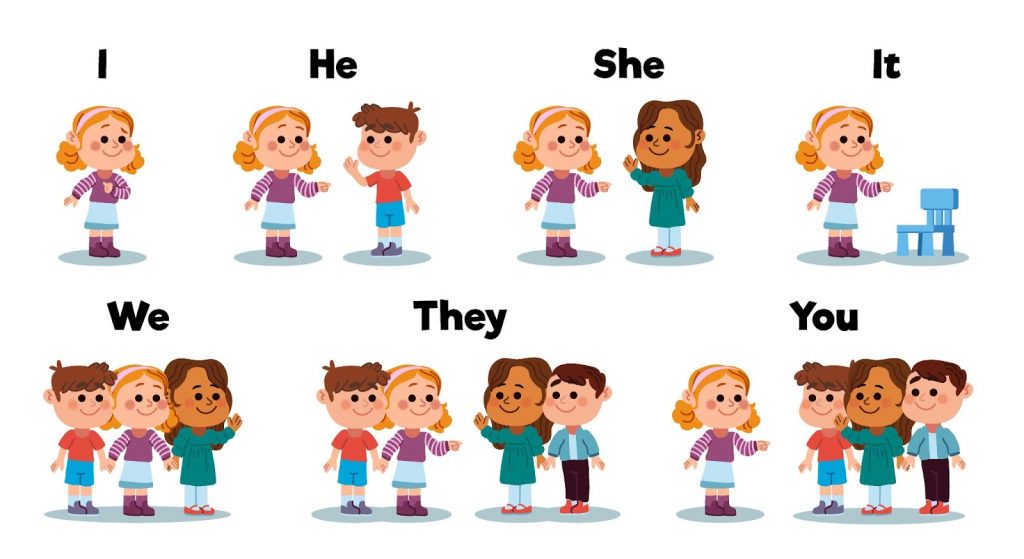
So, what are sight words exactly? Well, sight words are those little words that show up a lot in sentences, so our young readers should be able to recognize them instantly without sounding them out one letter at a time.
Example: is, the, i , etc.
Teaching Sight words is important because:
- It Facilitates automaticity in reading: Automatic recognition of sight words allows children to read without frequent interruptions. This fluency is crucial for higher-order reading processes like comprehension.
- Improve decoding efficiency: Mastering sight words reduces the burden on decoding skills, allowing readers to focus on less familiar words and more complex phonics patterns.
- Support syntactic and semantic understanding: Sight words are integral to sentence structure and meaning. Recognizing them helps children grasp grammatical relationships and contextual cues in text.
- Increase reading speed and fluency: Sight words contribute to smoother, faster reading, which is a key predictor of overall reading proficiency and academic success.
When Is the Right Time to Teach Sight Words?
You might be wondering when to teach sight words to your little one. The answer is quite simple – as early as they show interest in books and reading.
Most kids, around the age of 5 or 6, are ready to begin their sight word journey. However, keep in mind that every child is unique, and some may show readiness earlier or later than others. Look out for signs of readiness, like showing an eagerness to read, recognizing letters, or trying to sound out simple words.
Learning sight words is a gradual process, and patience is vital. Start with a small list of common words and build upon it as they become more confident readers.
10 Tips on How to Teach Sight Words to Kids
Teaching sight words to kindergarteners can be a fun and rewarding experience. Here are some effective strategies to make learning sight words enjoyable for your little one:
1. Expose Your Child to Sight Words Early On
Early exposure to sight words helps familiarize children with these familiar words and their visual appearance. Seeing sight words frequently prepares them for reading and builds recognition.
Tips:
- Surround your child with age-appropriate books and reading materials from an early age.
- Point out sight words in the environment, such as on-road signs, cereal boxes, or storybooks.
- Engage in conversations that involve using sight words naturally, making them a part of everyday language.
- Utilize interactive online games that make learning sight words entertaining and effective, keeping your child engaged and eager to learn more.
Play and Learn Sight Words
Play games to learn, sound out, and practice sight words
2. Start With a Small List of Sight Words
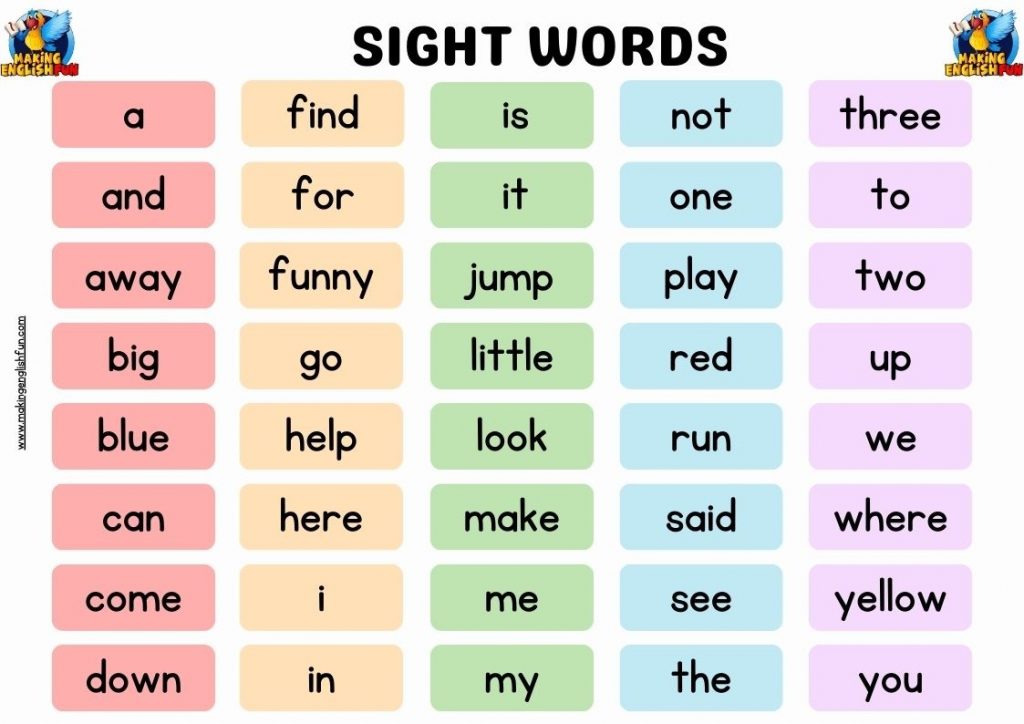
Beginning with a small set of sight words allows children to focus on mastering a manageable group. This approach boosts their confidence and prevents overwhelming them with too many words at once.
Start with a list of Dolch sight words:
The Dolch list words are chosen for their frequency in children’s books and essential texts. Beginning with Dolch words provides a solid foundation in sight word recognition, essential for developing fluency in young readers.
Interactive Games for Dolch Word Practice
Match, sound out, and practice Dolch words like “I” and “a”
Enhance Vocabulary with Fry Sight Words:
Transitioning to the Fry List broadens a child’s reading vocabulary, offering a comprehensive set of 1,000 words ranked by frequency of use. This progression from the Dolch to the Fry List supports the gradual increase in reading complexity and vocabulary expansion, preparing kids for more advanced reading skills.
Interactive Games for Fry Word Practice
Play and master essential Fry words like “is” and “my”
Related Reading: List of Sight Words for Kindergarten Kids
3. Make Read-Aloud More Interactive
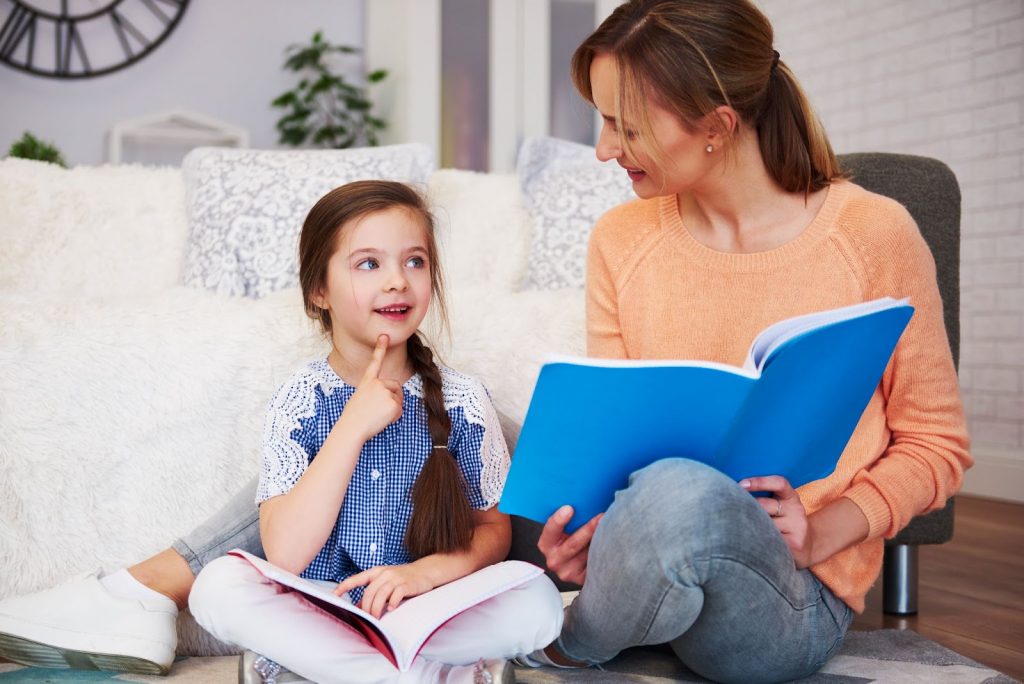
Interactive read-aloud involving sight words encourages active engagement and reinforces word recognition. It also helps children understand the terms in context.
Tips:
- Emphasize sight words while reading aloud and encourage your child to identify them.
- Ask questions about the story to prompt responses involving sight words.
- Repeatedly read the same story, allowing your child to become more familiar with the sight words used in the text.
4. Don’t Introduce Visually Similar Words Together
Introducing visually similar sight words simultaneously can lead to confusion and difficulty distinguishing between them. Focusing on one word at a time promotes clear learning.
Tips:
- Select sight words with distinct visual characteristics when introducing new words.
- Use flashcards or other visual aids to reinforce the unique appearance of each sight word.
- Once your child is confident with one word, move on to the next.
5. Engage All of Their Senses
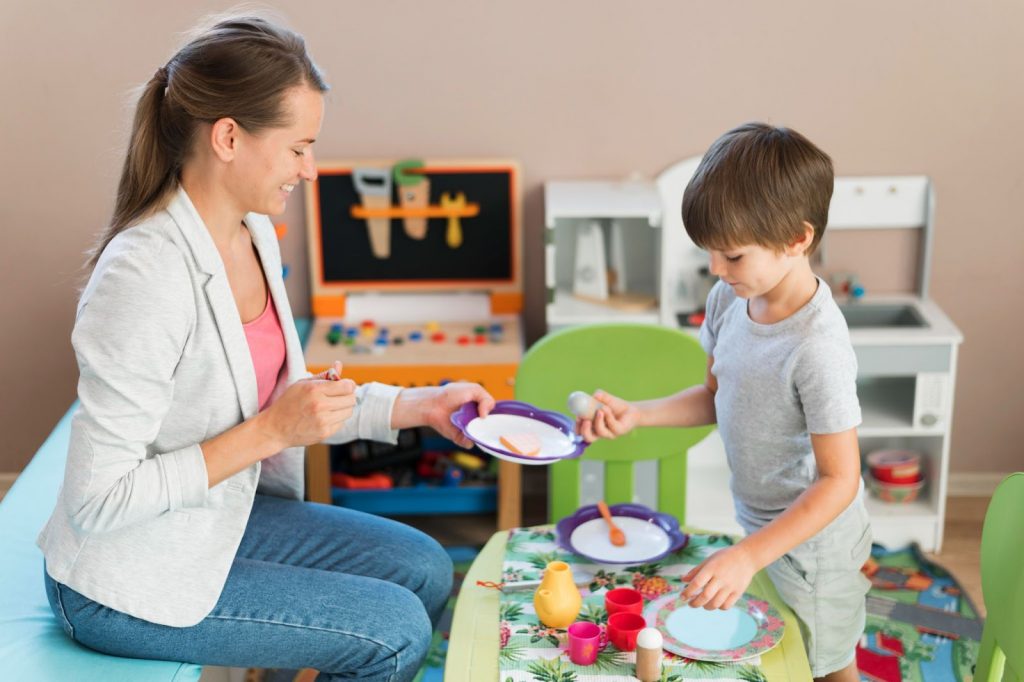
Incorporating multiple senses in sight word learning enhances memory and understanding, making it easier for children to retain the information.
Tips:
- Use tactile materials like sand, playdough, or textured cards to form sight words.
- Encourage your child to say the letters aloud as they trace or write the words.
- Engage in sight word activities that involve movement, such as jumping on letter cards to spell sight words.
6. Master Essential Sight Words through Interactive and Fun Worksheets
Interactive worksheets make sight word practice enjoyable, reinforcing learning through hands-on activities.
Tips:
- Use coloring worksheets where children color the sight words using different colors.
Sight Word Practice Through Coloring Worksheets
Practice sight words by coloring boats, animals, and more
- Provide tracing worksheets for practice in forming each letter of the sight words.
- Use matching worksheets, where children match sight words to corresponding pictures.
Spot, Match, and Learn Sight Words
Find, match, and circle sight words to their pictures for fast recall
7. Teach Sight Words through Interactive and Fun Games
If you are browsing how to teach sight words to kids, then this is where you stop. Using games to teach sight words is one of the best ways to teach sight words. Games add an element of excitement and motivation to sight word learning, making it a playful and enjoyable experience.
Tips:
- Play sight word bingo, where children mark off words as they hear them during a read-aloud.
- Use memory match games with sight word cards to reinforce recognition.
- Incorporate rewards or praise to encourage active participation.
8. Integrate Words into Context
Introducing sight words in meaningful sentences and stories helps children see how these words function in everyday language. This contextual approach not only aids retention but also improves comprehension by linking words to their practical use
Tips:
- Use short, clear sentences with sight words, gradually increasing complexity as the child progresses (e.g., “The cat is here.”).
- Write sentences or short stories about the child’s interests that incorporate sight words, making the learning process relatable and engaging.
- Provide short paragraphs or stories and have children identify and circle sight words to reinforce recognition.
9. Pair Reading and Writing with Sight Words
- Encourage your child to write simple sentences or short stories using sight words they’ve learned.
- Read their creations together, celebrating their progress and effort.
10. Use Visual Cues (Word Wall)
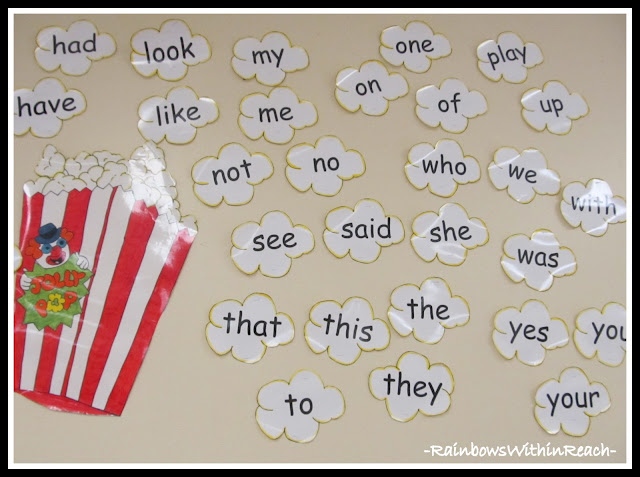
Incorporating visual cues, such as a Word Wall, is an effective strategy for learning sight words. By displaying words on a wall, kids can frequently see and interact with them, enhancing their ability to recognize and remember these essential words.
This method creates a visual reference point that supports memory retention and word recognition, making it easier for learners to acquire and use new sight words in their reading and writing.
Related Reading: How to Teach Kids to Read
3 Apps to Teach Sight Words
Now that we know how important sight words are and have learned how to teach sight words, it’s time for the next step! Apps can be especially useful if you are trying to teach sight words to struggling readers. In this section, we will look at some apps that make learning sight words fun.
1. SplashLearn
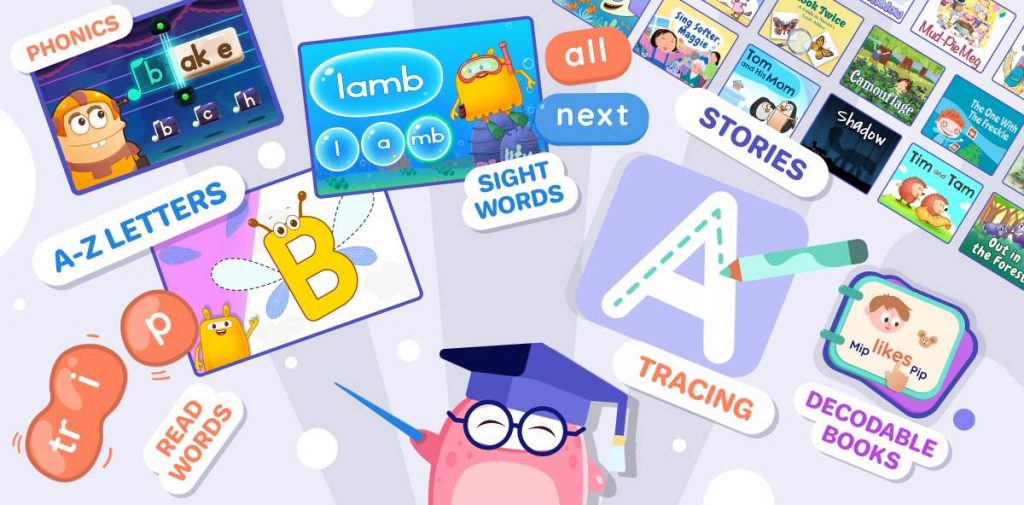
SplashLearn makes teaching sight words fun with engaging games focusing on Dolch and Fry sight words. These interactive games turn learning into an exciting adventure, helping kids grasp sight words through playful activities. After playing and learning, students can then use SplashLearn’s sight word worksheets to reinforce their knowledge. This combination of interactive games and worksheets is a fantastic way to ensure students master sight words effectively.
2. Reading Ninja
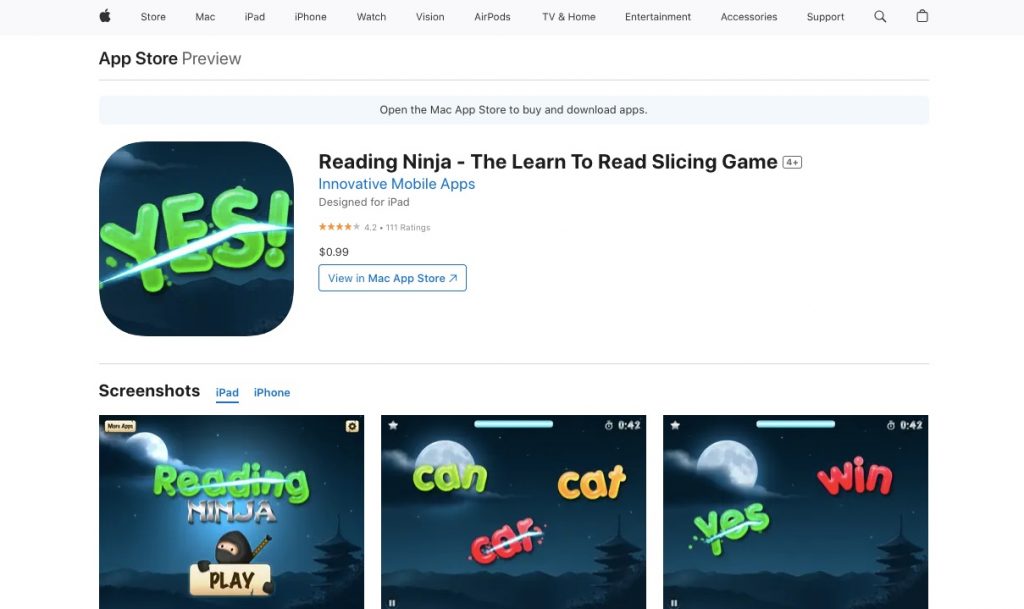
This app combines learning with adventure, making practicing sight words for kindergarten kids an exciting journey. In Reading Ninja, kids seek rescue from their sensei by slicing through the correct sight words. As children slice through the sight words correctly, they gain points and unlock new challenges, motivating them to improve their sight word recognition skills.
3. Reading Eggs
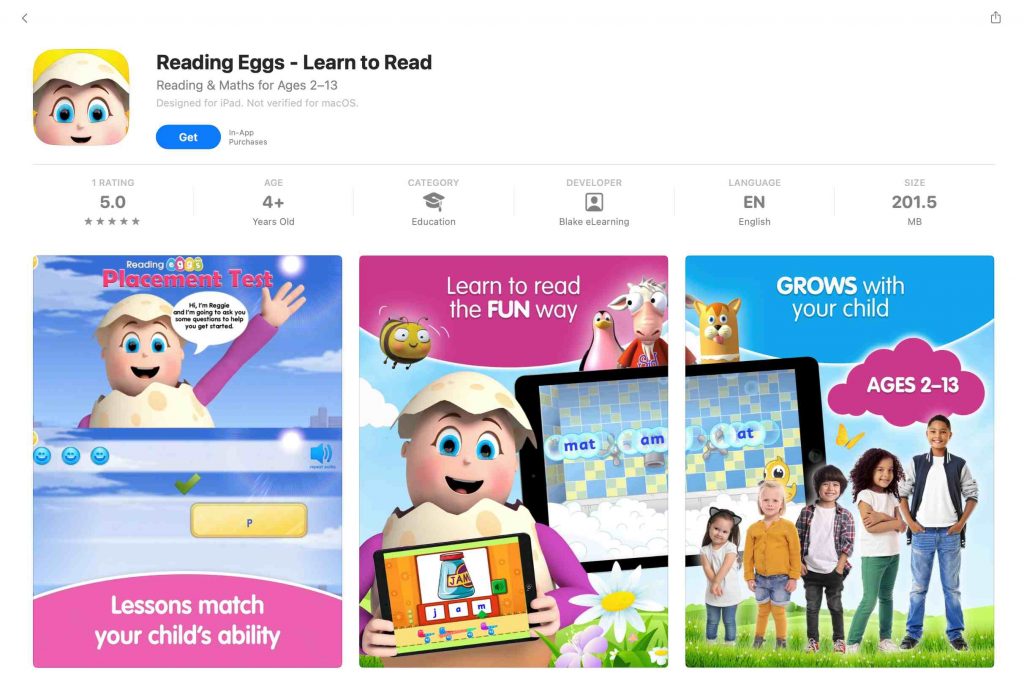
Reading Eggs is a well-loved app that offers a wide range of activities, including sight word practice, to support early literacy development. The immersive approach helps kids understand the context in which sight words are used, improving their reading comprehension.
Related Reading: Best Sight Word Apps to Boost Reading Skills
Conclusion
Teaching sight words to kids is a crucial step in their reading journey. Introducing these essential words early on empowers them to become confident and fluent readers. We can make learning sight words enjoyable and effective through interactive strategies like read-aloud, games, and sensory activities. Additionally, using engaging apps like SplashLearn adds excitement to the process, keeping kids hooked while they learn. Let’s set them on the path to becoming confident readers and open up a world of possibilities through the wonders of sight words!
Related Reading: How to Teach Phonics to Kids
Frequently Asked Questions (FAQs)
How to teach sight words at home?
To teach kids sight words at home, use read-aloud, games, and interactive activities. These are some of the easy ways to practice sight words.
What are the basic sight word for kids?
The basic sight words for kids include “the,” “and,” “is,” and “you.”
Do you teach sight words before phonics?
Yes, sight words are usually taught before phonics to help children recognize common words that don’t follow regular phonetic rules.
Is there a correct order to teach sight words?
There is no fixed order in sight word teaching strategies, but starting with high-frequency words (e.g., Dolch or Fry lists) and grouping them by difficulty or context can make learning more effective.

















